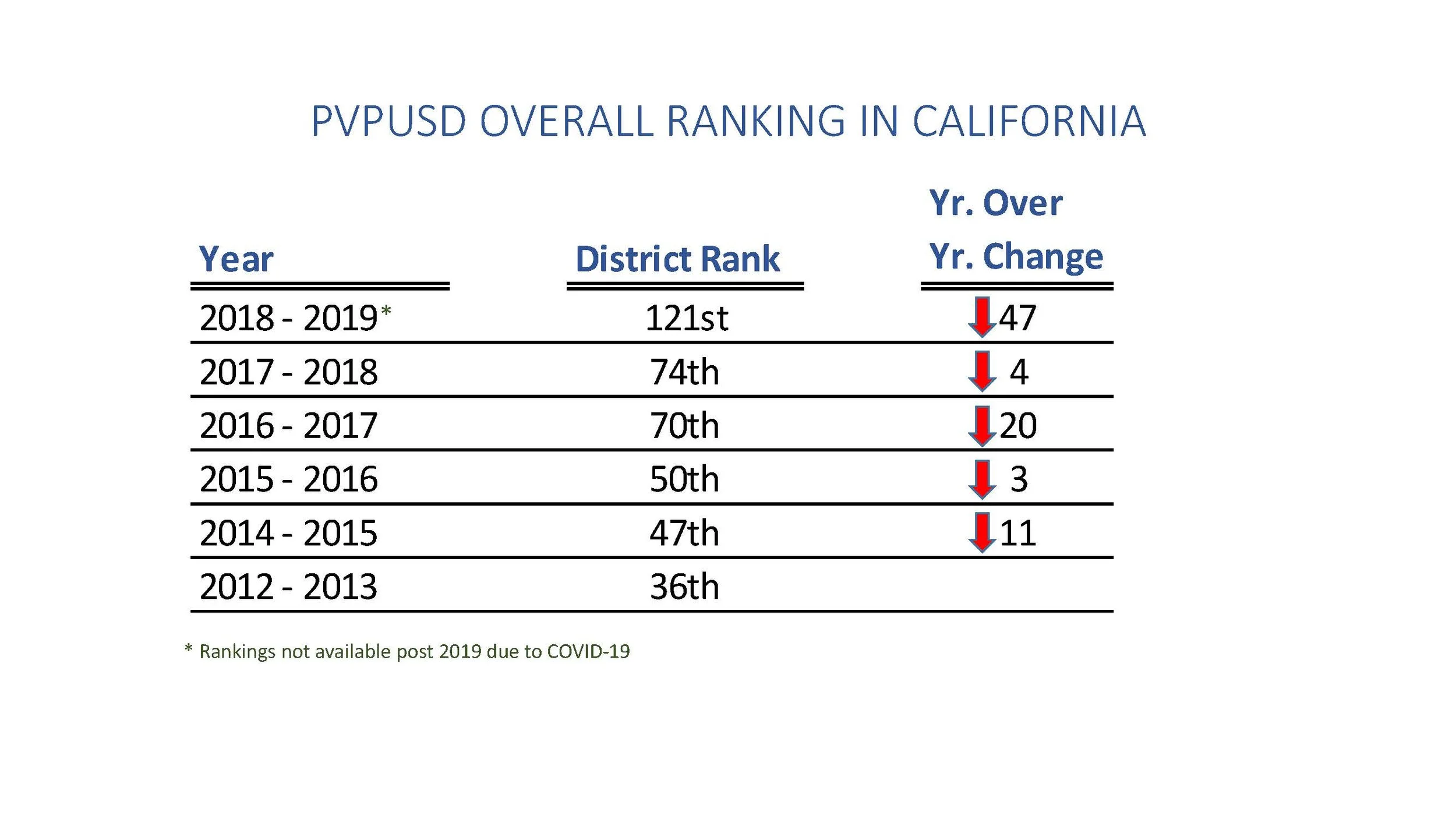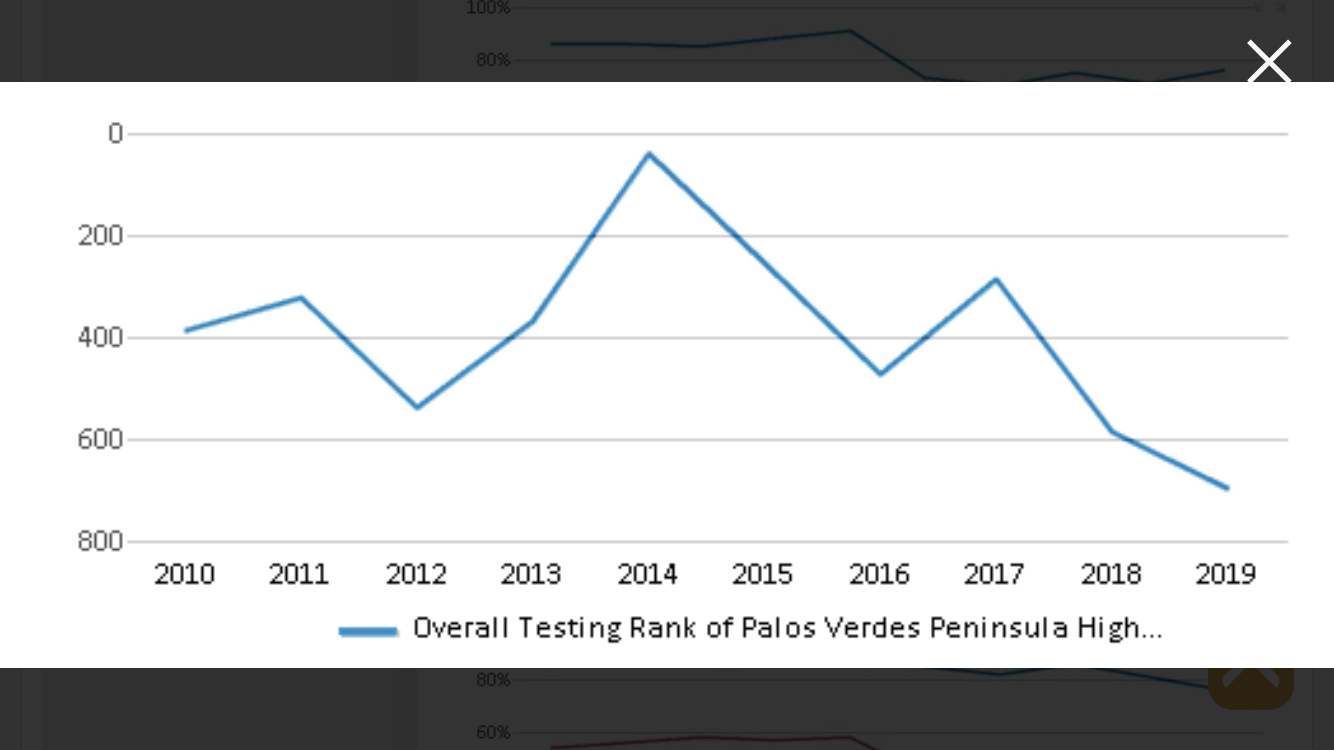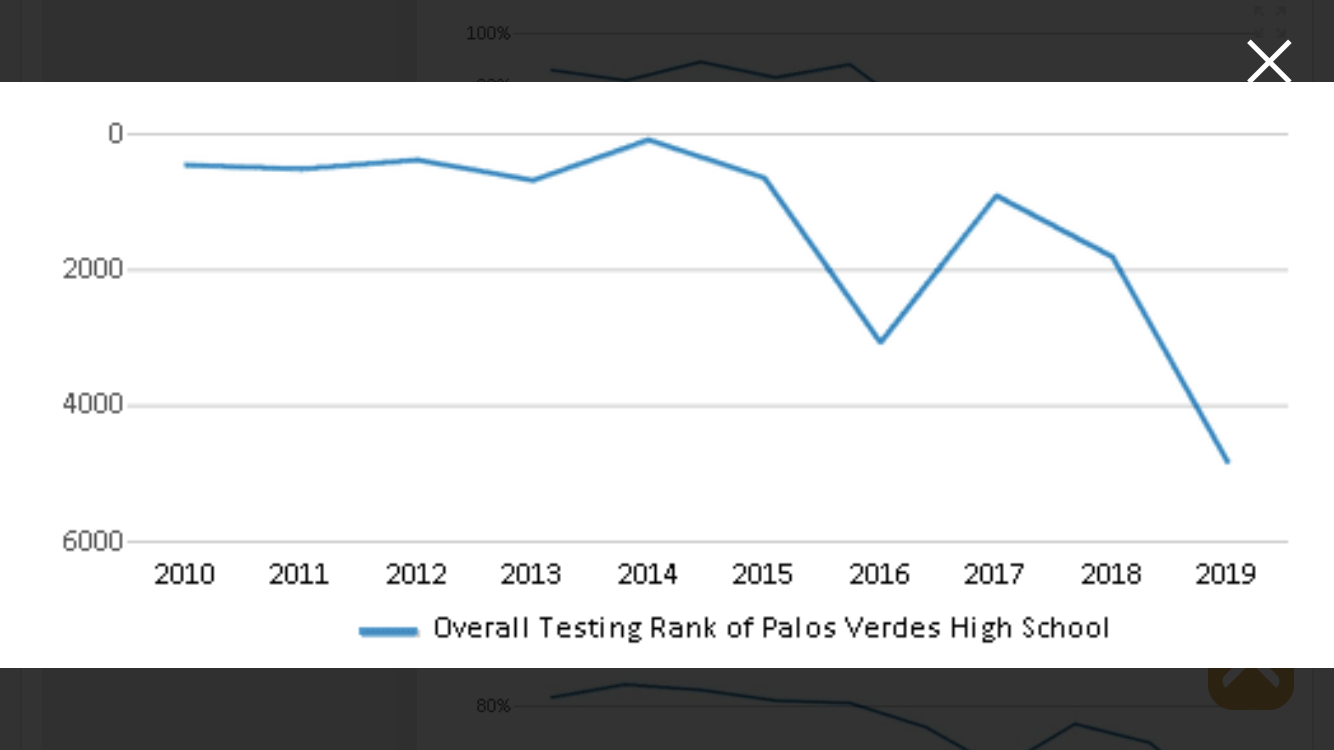Many young families move to the Palos Verdes Peninsula by looking for excellent school districts in Southern California. While schools in the Palos Verdes Peninsula School District have historically been ranked highly, recent numbers tell a different story.
We’ve seen PVPUSD rankings fall in the last few years, but let’s take a closer look at the information behind this drop by examining English Language Arts and Math Scores:
Palos Verdes High School:
The percentage of students achieving proficiency in math is 39% (which is lower than the California state average of 40% ) for the 2018-19 school year. The percentage of students achieving proficiency in reading/language arts is 43% (which is lower than the California state average of 51% ) for the 2018-19 school year.
In 2018-2019 PV High placed in the bottom 50% of all schools in California for overall test scores.
The Early Assessment Program (EAP) is one of the multiple measures the California State University (CSU) utilizes to assess students' readiness for college-level coursework. The assessment is given to all students in 11th grade. The EAP results for PVPUSD are very concerning.
College Readiness scores in English/Language Arts: 57%
College Readiness scores in Math: 32%.
When will be the time to ask PVPUSD the tough questions?
What are the reasons behind these low achievement scores?
Has PVPUSD even acknowledged these rankings, let alone made plans to address the Core Academic needs of students in Palos Verdes?
Is the high performance of PVPUSD merely a mirage to protect real estate values?






